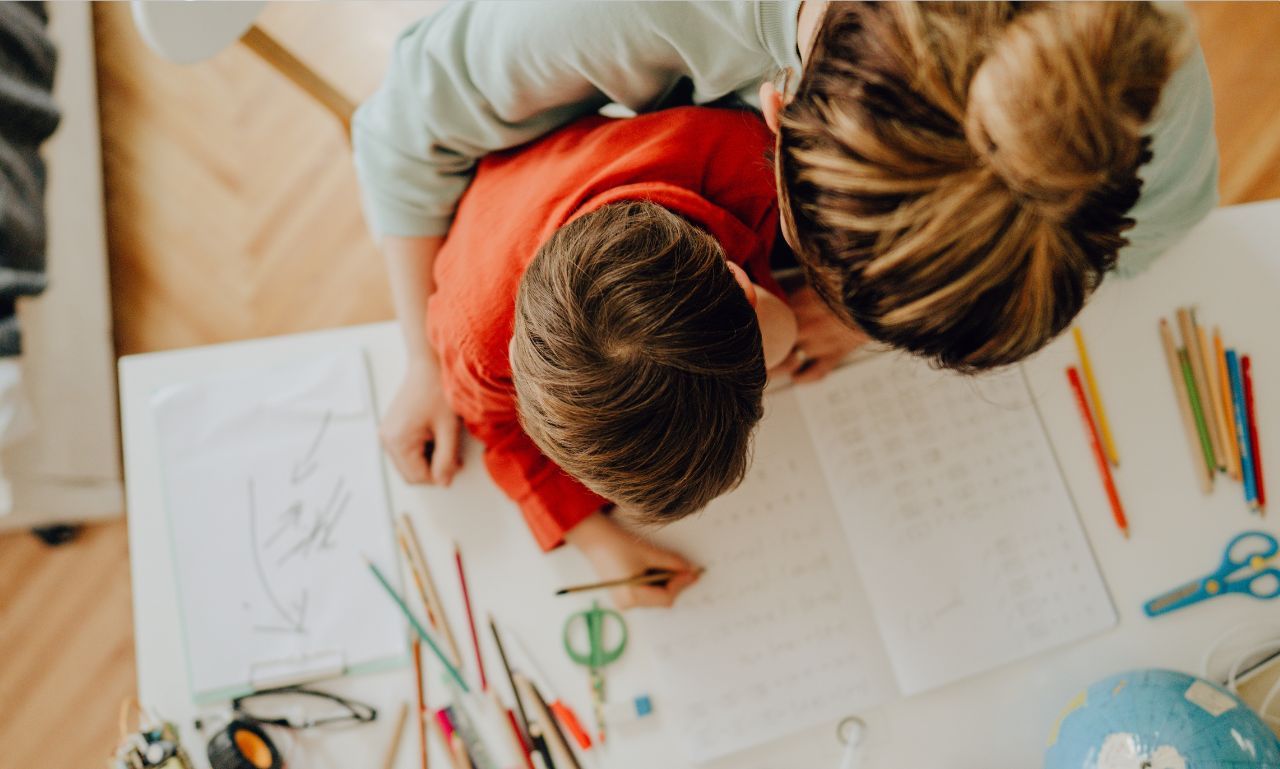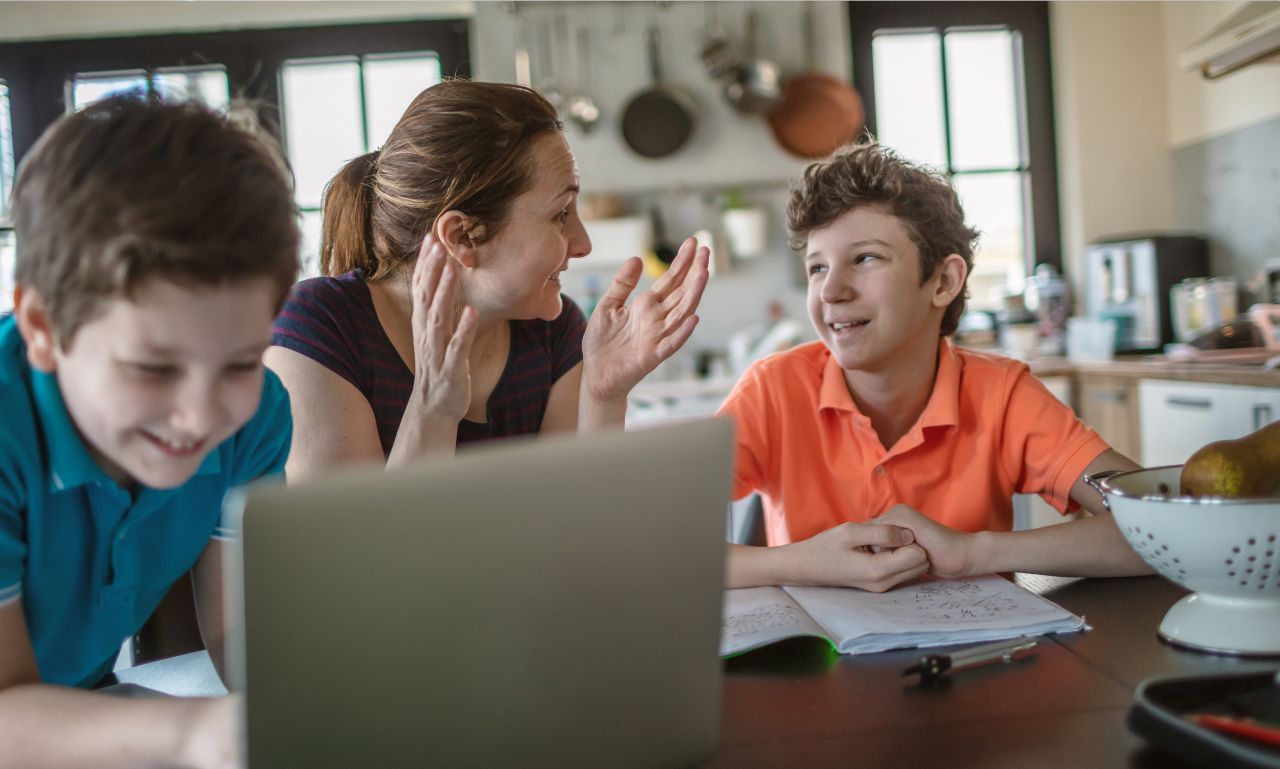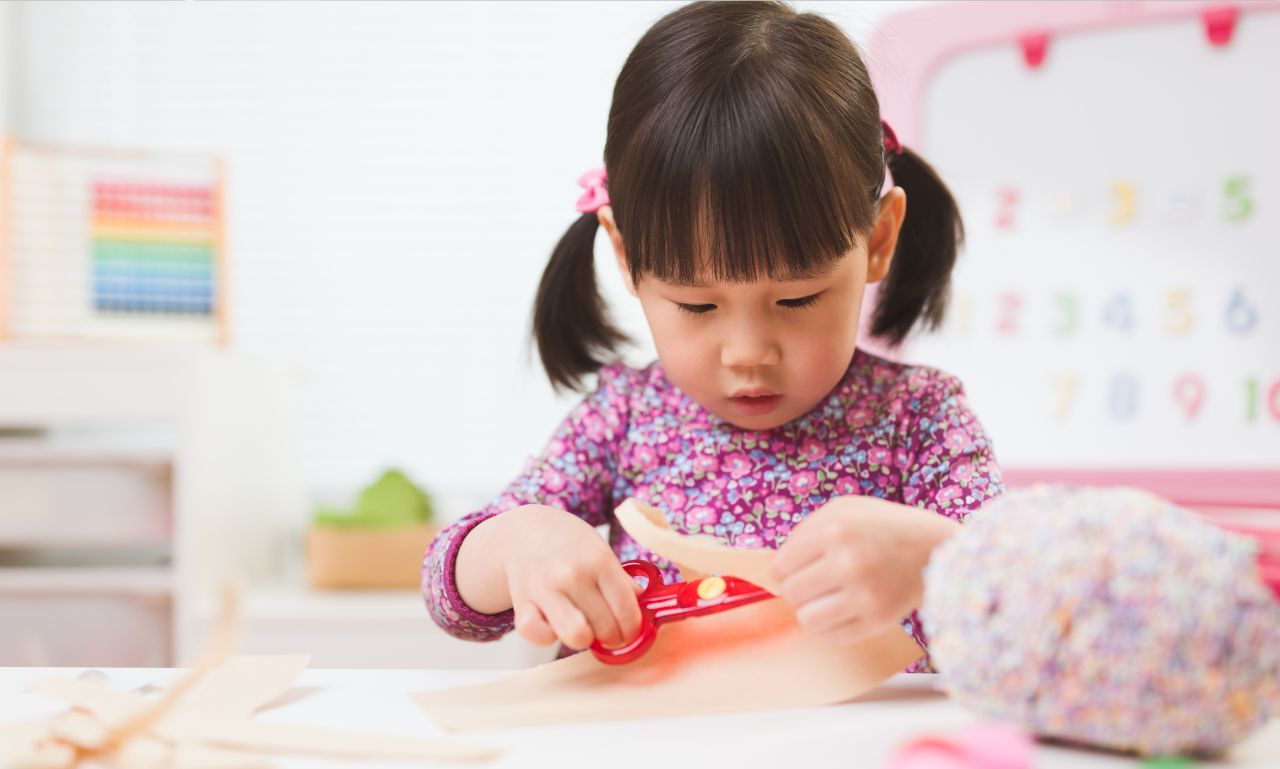Choosing the best kindergarten homeschool curriculum is one of the most important decisions you’ll make as a homeschooling parent. With so many options available, trying to find the right fit for your child can feel overwhelming. In this detailed guide, we’ll explain everything you need to know—from key factors to consider to the top curriculum options and practical tips for success.
Why Homeschooling Kindergarten Is an Incredible Choice
Before we get into the decision of curriculum choices, let's discuss why homeschooling kindergarten is a fantastic option. As someone who has seen the benefits play out in my own family, I can confidently say that homeschooling provides an unmatched level of flexibility, individualized attention, and the ability to tailor learning to your child's unique needs and interests.
Here are just a few of the top benefits of homeschooling kindergarten:
- You can go at your child's pace, ensuring they fully grasp concepts before moving on
- You have the freedom to incorporate your family's values and beliefs into their education
- Your child gets one-on-one attention and instruction, which is rare in traditional classrooms
- You can create a learning environment that caters to your child's learning style and preferences
- Homeschooling allows for more hands-on, experiential learning opportunities
- You have control over the curriculum and can choose materials that align with your goals
As a veteran homeschool parent, I believe kindergarten is the perfect time to start this incredible journey. It sets a strong foundation for a love of learning that will carry your child through their entire educational career.
How to Choose the Best Kindergarten Homeschool Curriculum

With countless options available, it's essential to consider a few key factors before making your decision:
Learning Style and Preferences
Every child learns differently, and that's okay! Some are visual learners, while others thrive with hands-on activities or auditory instruction. Observe how your child naturally absorbs information and engages with the world around them. This will give you valuable insight into the type of curriculum that will resonate best with their unique learning style.
Structured vs. Unstructured Curriculum
Homeschool curricula range from highly structured, with daily lesson plans and schedules, to more open-ended, child-led approaches. Consider your family's lifestyle, teaching preferences, and your child's personality when deciding where you fall on this spectrum. There's no right or wrong answer - it's all about finding what works for you!
Budget and Cost-Effectiveness
Let's be real—homeschooling can get pricey if you're not careful. But the good news is that there are incredible curriculum options available at every price point. Determine your budget upfront and look for programs that offer the best value for your money. Remember to factor in any additional materials or supplies you'll need to purchase separately.
Reviews and Feedback from Other Homeschoolers

One of the greatest assets in the homeschool community is the wealth of knowledge. Also experience from other families who have been in your position. Don't fear reaching out, ask questions, and gather feedback on different curriculum options. Look for online forums, Facebook groups, or local homeschool co-ops where you can connect with seasoned homeschoolers who can offer valuable insights and recommendations.
Top Kindergarten Homeschool Curricula
Here are my top picks for the best kindergarten homeschool curricula:
The Good and the Beautiful
This Charlotte-Mason-inspired curriculum offers a gentle, holistic approach to learning that incorporates art, nature study, and character development alongside traditional subjects, with an emphasis on beauty and engaging, high-quality materials, The Good and the Beautiful is a top choice for families seeking a well-rounded, literature-based curriculum.
Abeka
A trusted name in homeschool education for decades, Abeka provides a comprehensive, structured curriculum rooted in traditional Christian values. Known for its strong phonics-based approach to reading and emphasis on mastery learning, Abeka is an excellent choice for families who prefer a more classroom-style homeschool experience.
Montessori-Inspired Curriculum
Several wonderful homeschool curricula options are available for families drawn to the hands-on, child-centered philosophy of Montessori education. From Multisori to Montessori for Everyone, these programs emphasise sensory-based learning, practical life skills, and fostering independence in young learners.
Kindergarten Math and Reading (K12)

This free online curriculum, developed by K12, offers kindergartners a solid foundation in math and reading skills. K12 is an excellent choice for tech-savvy families. It is mostly for those looking to supplement another curriculum with additional math and reading practice. With interactive lessons, engaging animations, and a user-friendly platform, K12 is Highly recommended.
Conclusion
The best homeschool kindergarten curriculum should entertain the child while teaching to their learning style, building a love for learning while giving them the essential foundation. It's all about balance: finding that curriculum which provides rigor with creativity, including play for effective early education. Learn about the many options available, from The Good and the Beautiful to Montessori-inspired programs, to find which one best fits your kindergartner's learning needs and preference.
Also Read: What is the Best Strategy When Delivering Care to Toddlers




